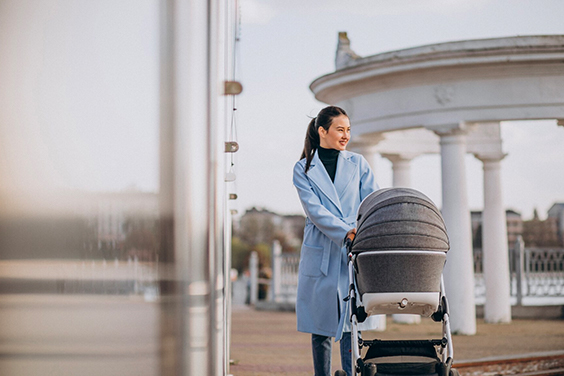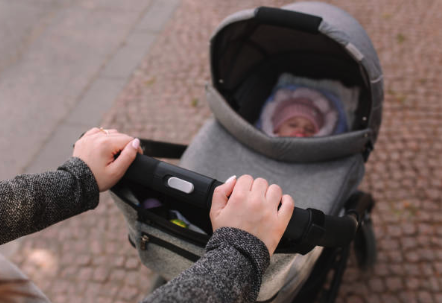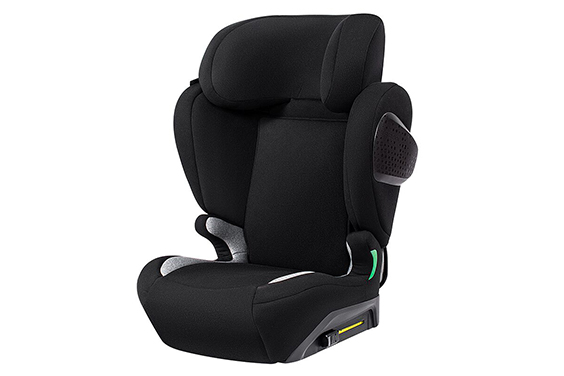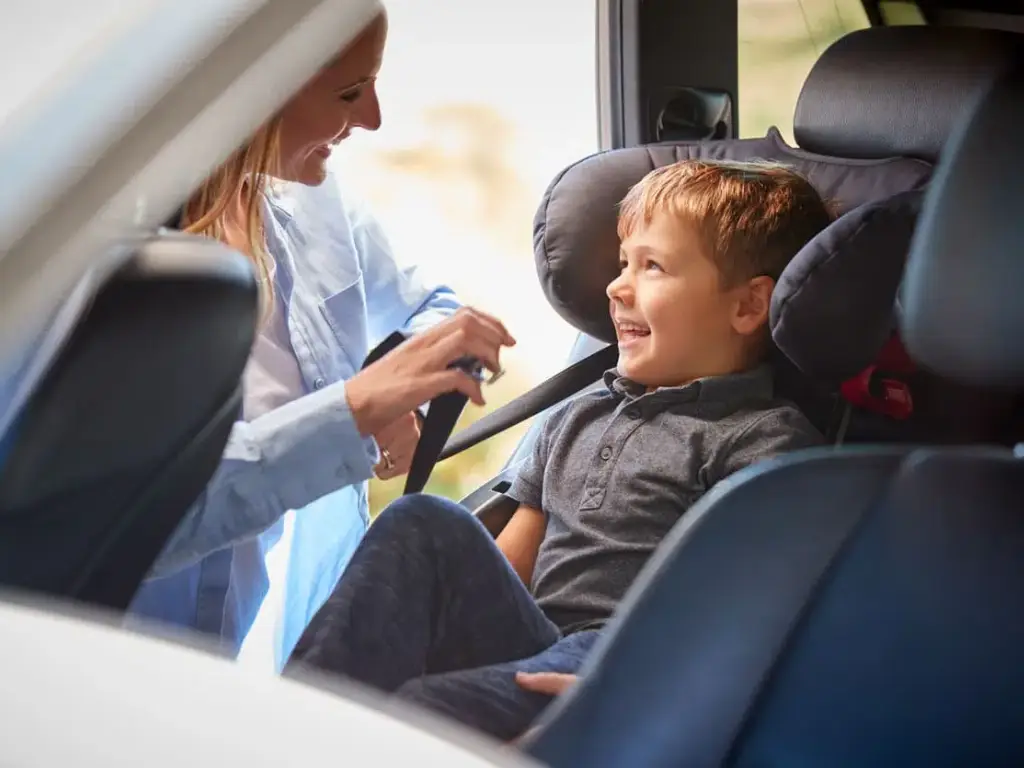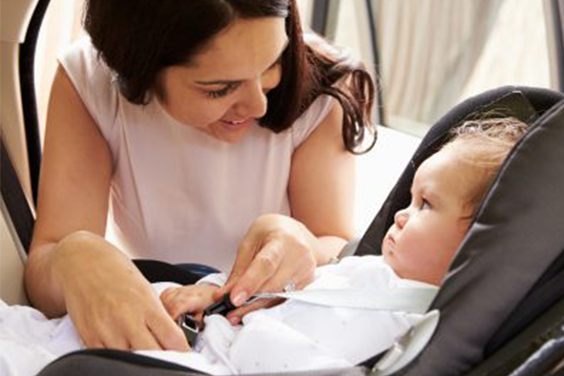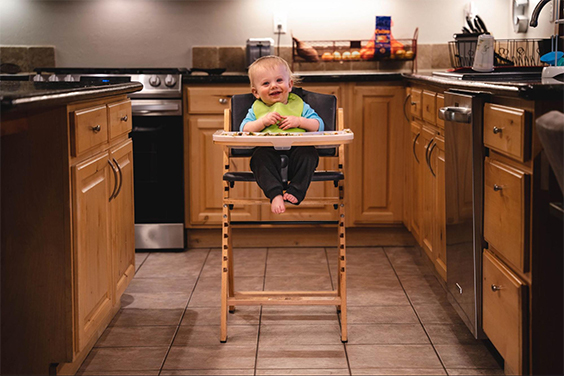
Becoming a new parent is a momentous occasion filled with joy, responsibility, and numerous queries about the baby’s well-being. Above all, one query remains paramount – How to ensure an infant’s safe sleep? Here’s where the crib safety tips and checklist play a crucial role. An infant spends an enormous amount of time sleeping in the crib. Thus, ensuring a safe baby sleep environment becomes mandatory to prevent mishaps like suffocation, entrapment, or falls.
Baby Crib Safety Standards in China
China instituted its current crib safety standards, banning them for baby cribs in 1999 under QB/T 2453.2-1999, which came into effect on July 1, 2000. The standard, applying to cots and folding cribs with an internal length of 900mm-1400mm, expressly does not have current safety standards banning cater to cradles and suspended beds.
| Crib Safety Checklist | ||||
| Material | 🌟 | Solid Wood | ||
| 🌟 | Woodd-based Material | |||
| 🌟 | Plant-derived Material | |||
| Structure | ||||
| 🌟 | Edges | 🌟 | Protrusions | |
| 🌟 | Guardrail Height | 🌟 | Castor Brakes | |
| 🌟 | Carvings | 🌟 | Bed Base Adjustment | |
| Bed Surface | ||||
| 🌟 | Spacing | |||
| 🌟 | Bed Slats | |||
| 🌟 | Metal Grate Bed Base | |||
| 🌟 | Guardrails and Headboards | |||
| Key Specifications | ||||
| 🌟 | The Highest Position Distance of Bed Frame | |||
| 🌟 | Distance Between Guardrails and Headboards Slats | |||
Material
- Solid Wood: Identified as environmentally friendly, sturdy, durable, and more costly due to the material and manufacturing aspects—especially solid wooden guardrails.
- Wood-based Material: Constituting composite wood varieties—multilayer boards (LVL boards) and plywood—these components are found in nearly 95% of cribs, given their cost-effectiveness and ease of processing.
- Plant-derived Material: Less common in contemporary cribs, these materials, such as bamboo and wicker, are challenging to process at scale.
Additionally, any hardware that comes into contact with the crib materials should undergo anticorrosion treatment, such as zinc plating, to prevent rust and extend the lifespan of the crib.
Structure
- Edges: All edge portions must be chamfered and rounded off—an aspect most cribs in the market cater to, though smoothness varies.
- Guardrail Height: The distance from the guardrail to the bed base at its lowest position should not be less or more than two fingers or 600mm.
- Carvings: If there are interior carvings on the drop side of crib rail of cribs, they need to be positioned higher than 600mm when the bed base is at its lowest.
- Protrusions: Any interior protruding parts of safest crib should not exceed a 25mm projection from the vertical plane—these minor design elements often overlooked in crib design can lead to safety hazards.
- Castor Brakes: A minimum of two castor brakes should be present, with a preference for bearing wheels over low-load plastic ones to prevent damaging loads and consequent accidents.
- Bed Base Adjustment: Height adjustment for the bed base must not be possible without the use of a tool—this prevents accidental modifications and enhances sleep safety.
Bed Surface (Bed Base)
- Spacing: The clearance between the bed base and crib mattress, sides of crib mattress and the guardrail, and between the top rail cover bed base and the headboard, should not exceed 25mm.
- Bed Slats: The spacing of the bed slats cannot be more than 60mm to ensure proper ventilation and safe sleep space.
- Metal Grate Bed Base: If the crib uses a metal grid or soft bedding base, the diameter of the metal wire floor plate must not be less than 2mm, and the grid spacing should not surpass 85mm.
Sideboards (Guardrails) and Headboards
- Proximity drop side rails: With the bed base elevated to its highest position, the distance to the uppermost part of the baby’s sleep space from the guardrail should not be less than 300mm—an often ignored aspect in designing low-cost cribs.
- Spacing and Material: The spacing between the guardrail and headboard bars must not exceed 65mm or be less than 45mm, and if net materials are used, the grid diameter must not exceed 7mm.
Tips on Choosing a Safe Crib
- Non-Toxic Material: Always choose a baby crib made of non-toxic material. Babies often teethe on soft toys and crib parts, so picking used crib or one devoid of harmful substances in paint or finishing is crucial to your child or baby’s health.
- Firm Mattress: The baby safe crib mattress should be firm. Soft mattresses may conform to the shape of the baby’s body, which can increase the child health risk of suffocation or SIDS (Sudden Infant Death Syndrome).
- Perfect Mattress Fit: The mattress should fit perfectly within the crib, leaving no gap larger than two fingers wide between the drop side rail of the mattress and drop side rail cribs side of the crib frame to prevent the baby from slipping into the gap tight fitting mattress.
- Smooth Edges: Thebaby’s crib should be free of sharp corners or edges. Here are some tips when looking for a safety crib. Sharp edges can injure a baby, especially once they start moving and exploring their crib, you can click to see the full guide of how and when to move baby to crib.
- High Headboard: Choose a crib with a mattress support a headboard that is equal to or at least 16 inches taller than the corner posts an adult bed. This design mitigates the risk of the crib or baby’s clothing getting caught and the crib or baby potentially suffocating.
- Adjustable Mattress Height: As your baby grows and begins to sit and stand, you should lower the mattress accordingly to prevent them from climbing or falling out.
- Slat Distance: Ensure the distance between the crib’s crib slats is not more than 2 3/8 inches apart, so babies don’t trap their heads between them.
- Security of Crib Hardware: Check that all screws, bolts, and other hardware are securely attached and fastened to safe crib to avoid any loose parts. Regularly inspect the hardware store and crib for any loose or missing parts.
- Check for Recalls: Always check if the crib you’re purchasing—especially if it an older crib that’s second-hand—hasn’t been recalled for safety issues. Current, and safety standards, and safety guidelines, and norms may not apply to older or previously owned models.
- Avoid Decorative Design: Cribs with decorative cutouts might look aesthetically pleasing but can be dangerous if a baby’s head or limbs get caught. Adhere to practicality and safety over ornamentation.
Remember, safety should always be the top priority when choosing a crib for safe sleep space for your baby. Investing some extra time and effort in selecting the right crib for safe sleep, can offer you peace of mind and provide a safe and comfortable space for your baby to sleep.
How Often Should a Crib Be Checked for Missing or Broken Parts?
Regular inspections of the crib are an integral part of the crib safety checklist, tips and checklist. A weekly examination to ensure stability and firmness is advisable. This includes checking for any missing, damaged, or loose parts that can lead to unexpected incidents, thereby ensuring crib and crib safety standards, features and standards are maintained. In case of any damage, it is preferable to stop using the crib until repairs are completed.
Conclusion
Creating the safest possible environment for the baby requires detailed insights and understanding of the key sleep safety aspects listed in the crib safety tips and checklist. From selecting the right crib, understanding crib safety standards, to ensuring the baby starts safe sleeping practices the correct assembly and regular checking of the crib, every step contributes to the baby’s safety. As parents, following this comprehensive, baby safe cribs regulation checklist will put you a step ahead in maintaining your baby’s safety, ensuring sound sleep and peace of mind for you.
It’s time to change your little one from a very firm mattress or crib mattress pad to a large crib, choose River Baby for your baby’s comfortable sleep, we are very experienced in crib manufacturing and have a wide range of products, contact us today for a quote.
